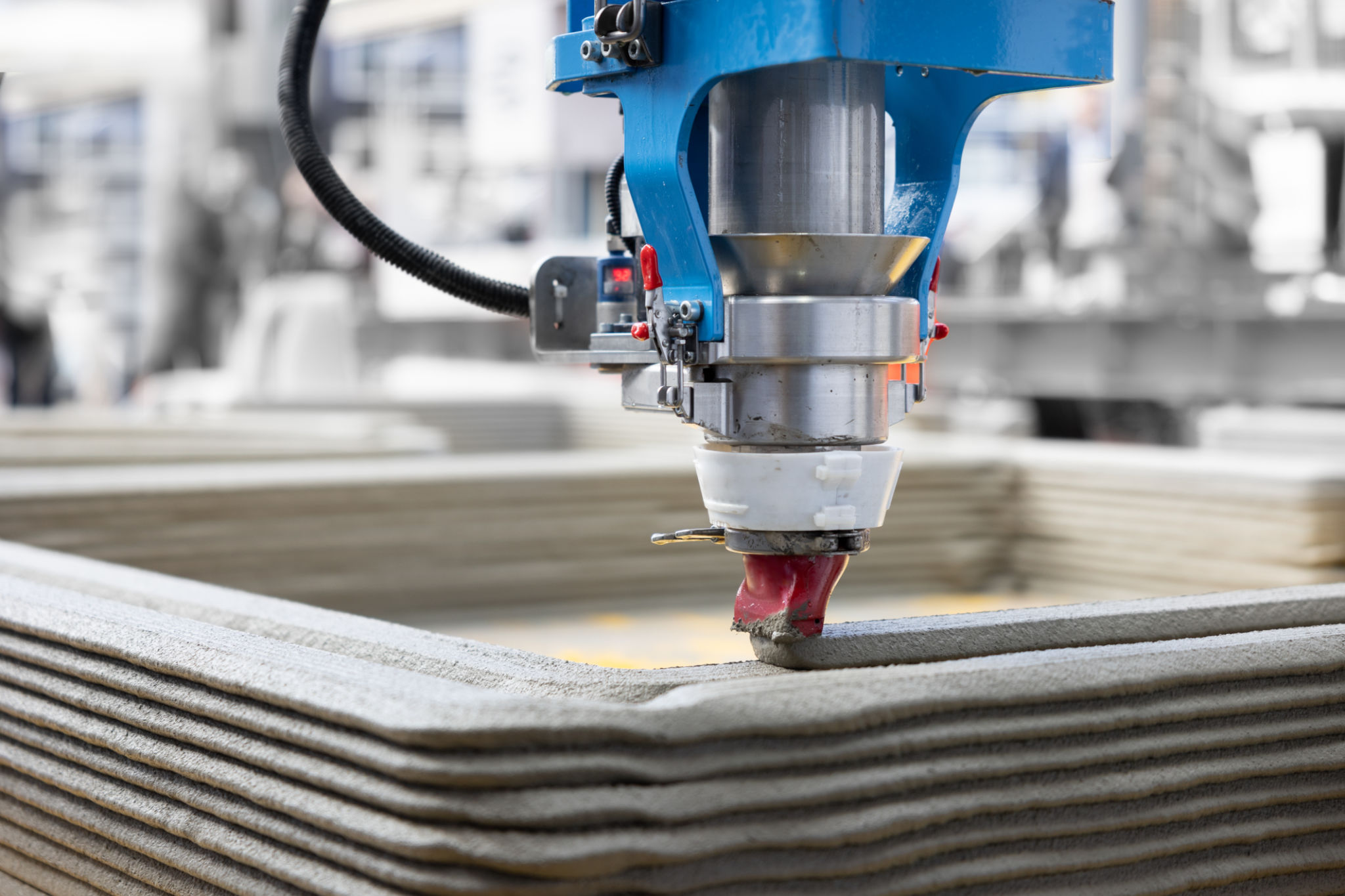Top Construction Trends: Innovations Shaping the Industry
Embracing Green Construction
One of the most significant trends in the construction industry is the shift toward sustainable building practices. As environmental concerns continue to rise, more companies are adopting green construction techniques to minimize their carbon footprint. This includes utilizing eco-friendly materials, reducing waste, and optimizing energy efficiency in both residential and commercial projects.
The incorporation of renewable energy sources, such as solar panels and wind turbines, is becoming more prevalent. These innovations not only help reduce the environmental impact but also offer long-term cost savings for building owners. Moreover, green certifications like LEED are increasingly sought after as a mark of a building’s sustainability.

Advanced Building Materials
The development of advanced building materials is revolutionizing the construction industry. From self-healing concrete that repairs its own cracks to transparent aluminum for stronger and lighter structures, these materials are setting new benchmarks for durability and innovation.
Another exciting development is the use of cross-laminated timber (CLT), which provides a sustainable alternative to traditional steel and concrete. CLT is not only environmentally friendly but also offers excellent structural strength, making it ideal for high-rise buildings.

The Rise of Modular Construction
Modular construction is gaining traction as a modern approach to building design and execution. This method involves creating building sections or modules off-site in a controlled environment before assembling them on-site. The benefits of modular construction include reduced construction time, improved quality control, and lower labor costs.
With its ability to expedite project timelines and minimize disruptions, modular construction is particularly appealing for urban developments and areas where traditional construction methods may face logistical challenges.

Smart Technology Integration
Technology is playing an increasingly vital role in the construction sector. The integration of smart technology, such as the Internet of Things (IoT) and Building Information Modeling (BIM), is transforming how projects are planned, executed, and maintained.
BIM enables more efficient project visualization, allowing stakeholders to collaborate seamlessly from conception to completion. IoT devices can monitor real-time data on-site, improving safety and efficiency by predicting maintenance needs and optimizing resource allocation.

3D Printing: A Game Changer
3D printing has emerged as a groundbreaking innovation within the construction industry. Capable of producing complex structures with precise accuracy, 3D printing promises to revolutionize how buildings are designed and constructed.
This technology offers numerous benefits, including reduced material waste, faster construction times, and the ability to create customized designs that were previously unattainable through traditional methods. As 3D printing technology continues to advance, its applications in construction are expected to expand significantly.

Robotics and Automation
The use of robotics and automation in construction is steadily increasing. Robots are being utilized for tasks ranging from bricklaying to demolition, offering enhanced precision and safety while freeing human workers for more complex tasks.
Automation technology reduces the risk of human error and increases productivity, contributing to more efficient project delivery. As these technologies become more affordable and accessible, their adoption across the industry is likely to grow.
The Future of Construction
The construction industry is witnessing an era of unprecedented innovation. As these trends continue to evolve, they promise to reshape the landscape of construction by making it more sustainable, efficient, and technologically advanced.
The adoption of these innovations not only addresses current challenges but also opens up new possibilities for future projects. Embracing these trends will be crucial for industry leaders looking to remain competitive in an ever-changing market.